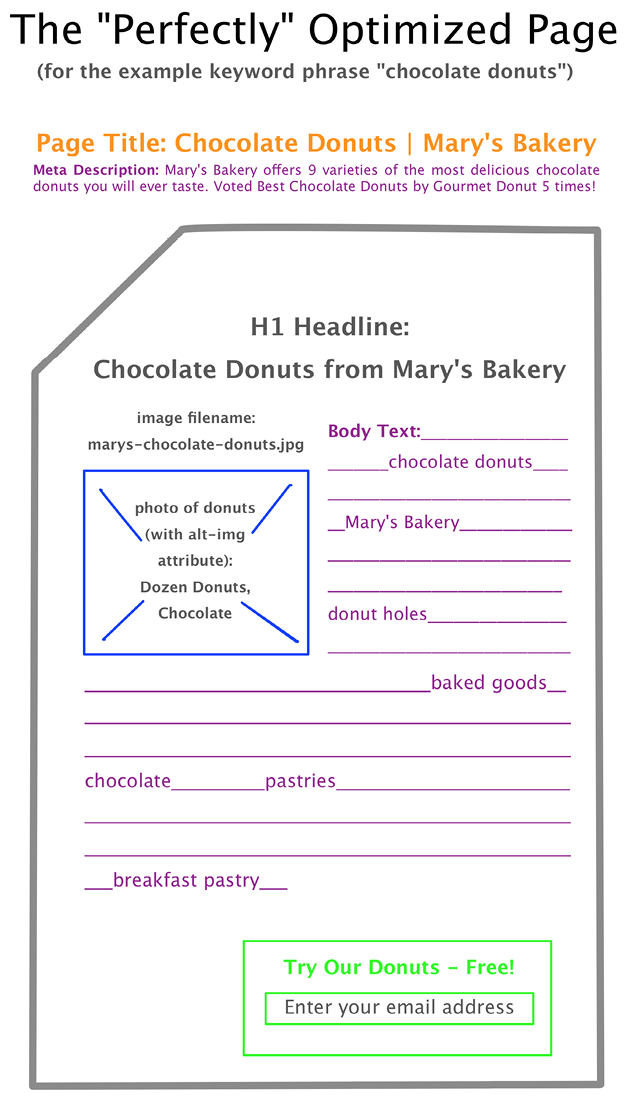Chapter 3: Perfecting Keyword Targeting and On-Page Optimization
Editor's Note: Although SEO has changed a lot since this post was originally published August 17, 2009 on The Moz Blog, it's still important to cover the basics of on-page optimization. Critical, in fact, which is why we have updated this post for 2013.
“How do I build the perfectly optimized page?” If you're in SEO, you probably hear this question a lot. Sadly, there's no cut and dried answer, but there are sets of best practices we can draw from and sharpen to help get close. In this chapter, I share our top recommendations for achieving on-page, keyword-targeting “perfection”—or, at least, close to it. Some of these recommendations are backed by data points, correlation studies and extensive testing, while others are simply gut feelings based on experience. As with all things SEO, we recommend constant testing and refinement, though this knowledge can help you kick-start the process.

Best Practices for Optimizing Pages
The following sections list our best practices for optimizing the following on-page SEO elements: head tags, URLs, body tags, internal links, and page architecture.
HTML Head Tags
Here are our suggestions for using HTML head tags to help optimize your pages.
• Title—The most important of on-page keyword elements, the page title should employ the keyword term/phrase as the first ...
Get Inbound Marketing and SEO: Insights from the Moz Blog now with the O’Reilly learning platform.
O’Reilly members experience books, live events, courses curated by job role, and more from O’Reilly and nearly 200 top publishers.

